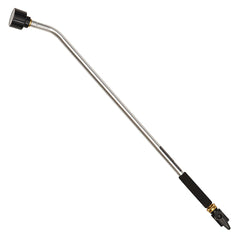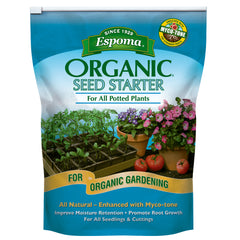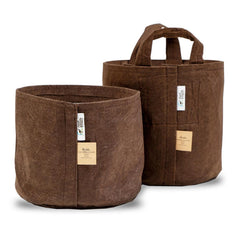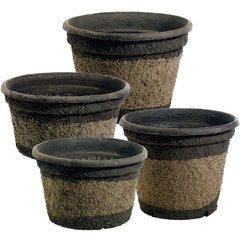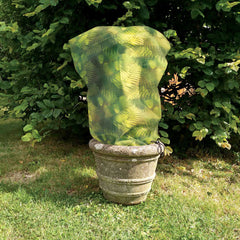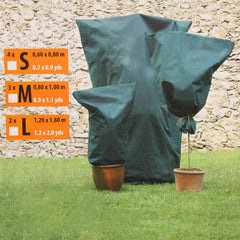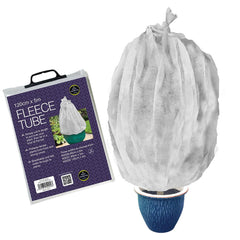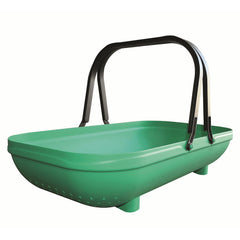
Tree
Clementine Tree
USDA Zone: 9–11
Lifecycle: Perennial
Mature Size: 8–15 ft. tall
Native Region: Asia
Sunlight Requirements: Full Sun
Learn about: Care, Seeding, Planting and Potting, Feeding, Winterizing, Harvesting and Pruning

USDA Zone: 9–11
Lifecycle: Perennial
Mature Size: 8–15 ft. tall
Native Region: Asia
Sunlight Requirements: Full Sun
Learn about: Care, Seeding, Planting and Potting, Feeding, Winterizing, Harvesting and Pruning
Water clementine trees deeply once or twice a week, allowing the top inch of soil to dry out between waterings. Avoid overwatering, as citrus trees are prone to root rot. In hot climates, increase watering during dry periods.
To maintain shape and encourage fruiting, prune clementine trees in late winter or early spring. Remove dead, diseased, or crossing branches to improve airflow.
Clementines can attract pests such as aphids, scale insects, and spider mites. Use neem oil or insecticidal soap to manage infestations. To prevent fungal diseases like root rot and citrus canker, ensure good air circulation and avoid wetting the foliage when watering.
Growing a clementine tree from seed is possible, though it takes patience. Extract seeds from a ripe clementine, rinse off any pulp, and allow them to dry for 24 hours. To improve germination, soak the seeds in warm water for 12–24 hours.
Plant seeds ½ inch deep in a well-draining potting mix, using small pots or seed trays. Keep the soil moist but not soggy and maintain a warm environment (70–80°F or 21–27°C). Germination can take 2–6 weeks. Once seedlings develop several sets of true leaves, transplant them into larger pots.
Keep in mind that seed-grown clementines may take several years to fruit and may not always produce the same quality as grafted trees.
Clementine trees prefer well-draining, sandy or loamy soil with a pH between 6.0 and 7.0. If planting in a container, choose a pot at least 12–16 inches wide with drainage holes.
When planting in the ground, select a sunny location with at least 6–8 hours of direct sunlight. Space trees 10–15 feet apart to allow for proper growth. If growing in a colder climate, keep clementine trees in pots so they can be moved indoors during winter.
Clementine trees require regular feeding for healthy growth and fruit production. Use a citrus-specific fertilizer high in nitrogen and potassium (such as 6-3-3 or 8-4-6) during the growing season (spring through early fall). Apply fertilizer every 4–6 weeks and reduce feeding in winter when growth slows.
For organic feeding, use compost, fish emulsion, or well-rotted manure. Mulching around the base with organic material helps retain moisture and suppress weeds.
Clementine trees are sensitive to frost and need protection in temperatures below 40°F (4°C). If growing in the ground, cover the tree with frost blankets or burlap and apply a thick layer of mulch around the base.
For container-grown trees, move them indoors to a bright, cool location (50–60°F or 10–15°C) during winter. Reduce watering but do not allow the soil to dry out completely.
Clementine trees take 2–3 years to bear fruit, with harvests typically in late fall to early winter. The fruit is ready to pick when it turns bright orange and easily detaches from the tree.
To improve fruit quality, thin excess fruit early in the season to prevent overloading branches. Handpick clementines to avoid damaging the tree. Store harvested fruit at room temperature for up to a week or in the refrigerator for up to a month.
Regular pruning in late winter or early spring encourages new growth and helps maintain a compact shape. Remove suckers, weak branches, and excess interior growth to improve sunlight penetration and air circulation.




